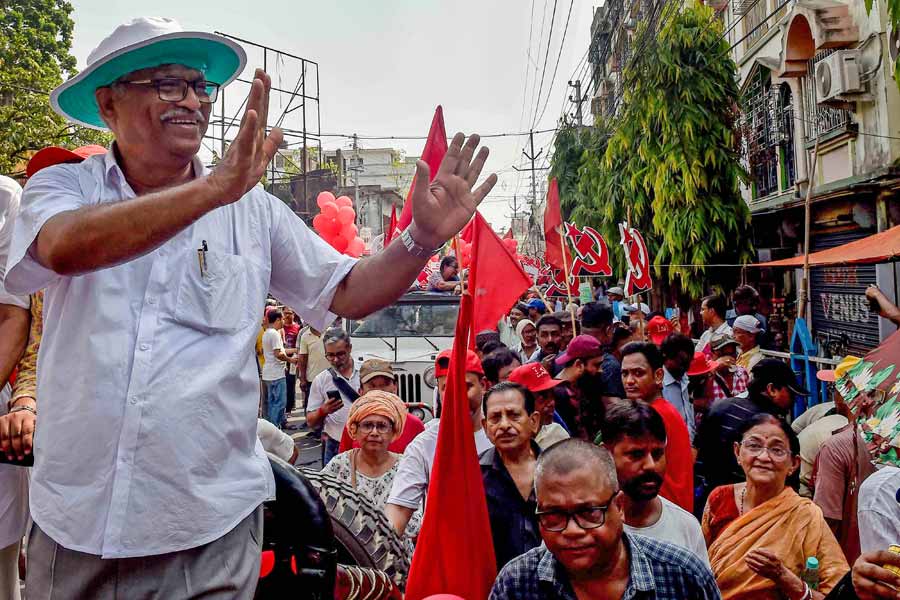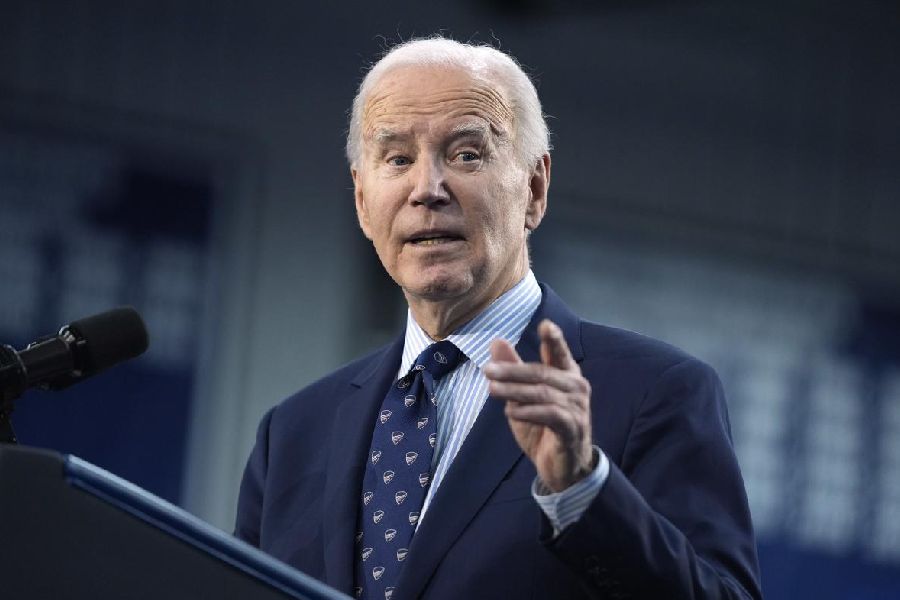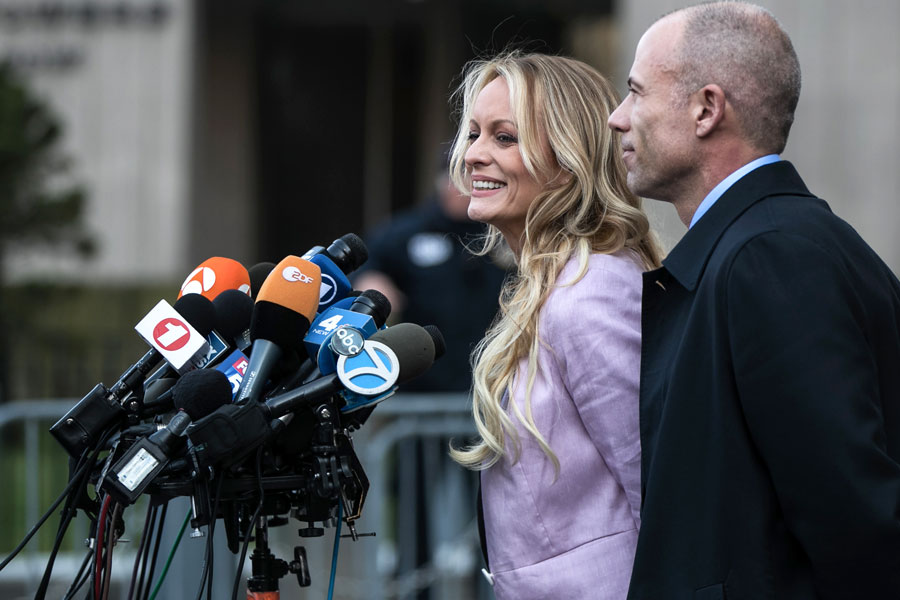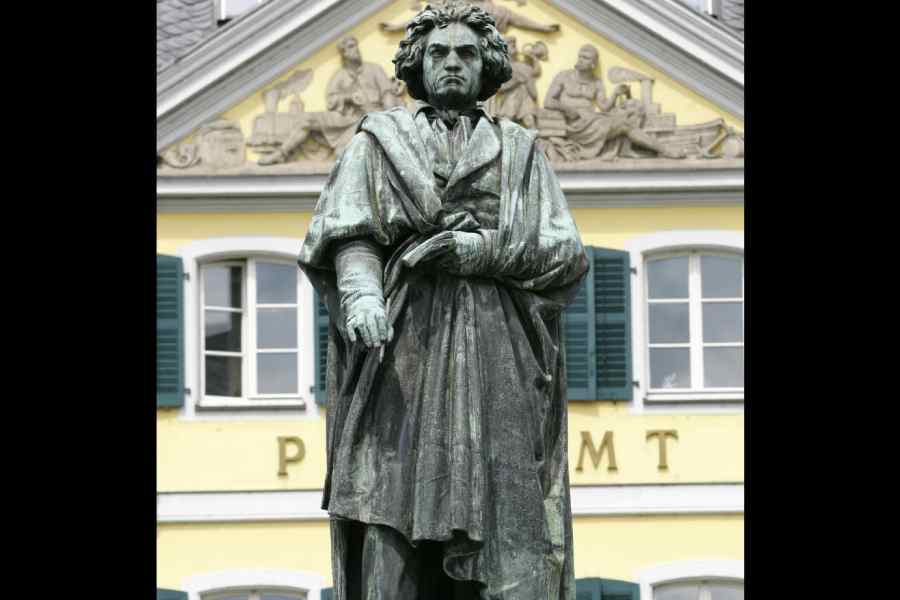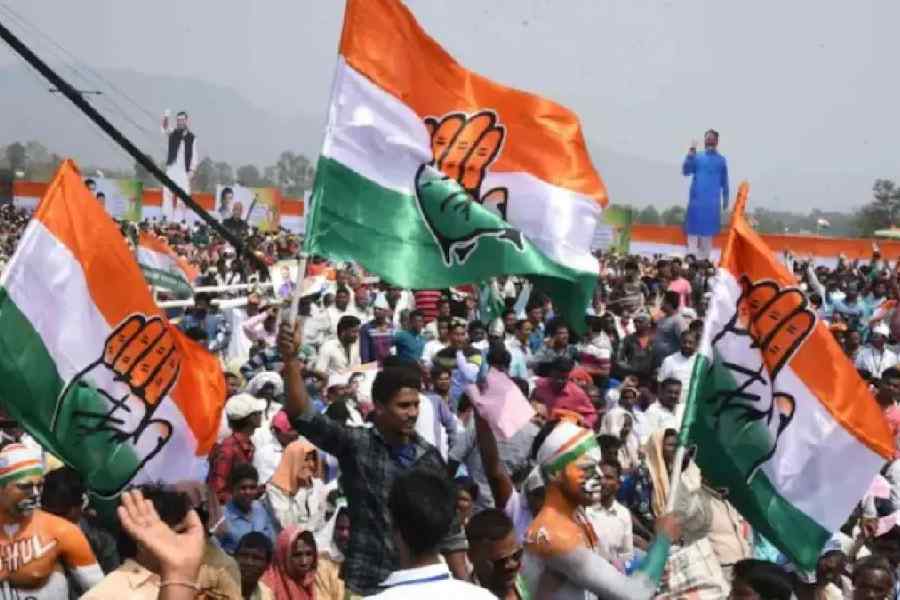|
|
| Restricted diet |
The Myth of the Holy Cow
By D.N. Jha, Verso, £ 16.99
The cow, an innocent enough animal, has become the centre of a political controversy in India. It is asserted by the advocates of Hindutva that to eat beef is to be anti-Hindu since cow slaughter and beef eating are both contrary to the classical Hindu tradition. This assertion of Hindu identity has become one more stick to beat Muslims with since the latter are alleged to be habitual beef eaters. There is another dimension — Romila Thapar, who in a text book on ancient India had written that beef was part of the diet of Indians in ancient times. She has been accused by the Hindutva brigade of distorting history and thus roundly abused.
In this book D.N. Jha, professor of history in Delhi University, takes on headlong the claims of the sangh parivar. Delving deep into the sacred texts that are considered to be the fountainhead of Hindu wisdom, he shows that there was no prohibition on cow slaughter and beef eating. This book may not please Hindu fundamentalists but its research is impeccable.
Among the early Aryans, a predominantly pastoral people, animal sacrifice, including cattle, was common. Since cattle was their most important form of wealth, it is not surprising that the Vedic Aryans sacrificed cattle to please their gods. The Vedas mention 250 animals out of which at least 50 were deemed fit for sacrifice and thus for divine and human consumption. The Taittiriya Brahmana says, “Verily the cow is food.” Subsequent Brahminical texts like the Grihyasutras and Dharmasutras provide evidence of the eating of beef. Guests could be welcomed with a meal that included the meat of the cow or the bull. Meat was mandatory in the ceremonial madhuparka that was performed to welcome a special guest. There is also enough archaeological evidence to suggest the non-ritual killing of cattle. Such evidence indicates that beef and other animal flesh was part of the diet and that meat did not have to be consecrated to be eaten.
The Upanishads first introduced the idea of ahimsa. This was fortified by the teachings of Mahavira and Gautama Buddha. But it is important to remember, as indeed Jha does, that despite his advocacy of non-violence, the Buddha dies after eating a meal of pork. In the Mauryan period, as is evident from the Arthasastra, cow slaughter was not banned though the killing of some other animals was. Even Manu (200 BC-AD 200) does not exempt the cow from slaughter though he grants this privilege to the camel.
Beef eating as a sin was a latecomer — sometime in the middle of the first millennium when society came to be feudalized. Cow slaughter and beef eating increasingly came to be associated with the untouchable castes. But in almost all prescriptive texts, cow killing was considered to be a minor sin which could be expiated through a fixed ritual.
There was thus nothing in the classical Indian tradition to prohibit beef eating. In fact, it was an established practice. It is only in the early medieval period that the cow acquired a sacred aura. Jha’s book is timely and scholarly. But it is worth recalling that scholarship and research are not high on the agenda of those who make false claims in the name of Hindutva.







